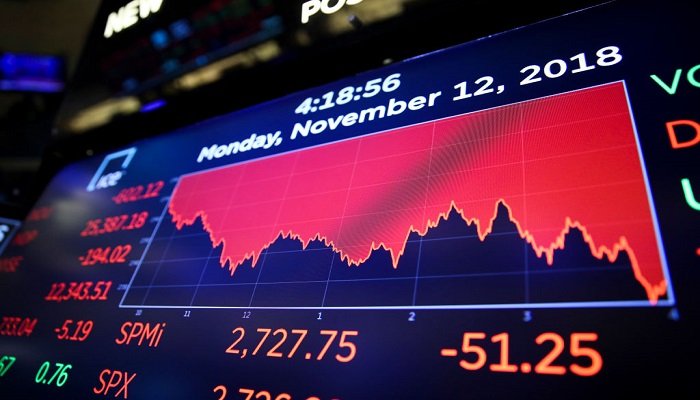The main US stock market index has officially entered a bull market. The Standard & Poor's 500 (S&P 500) index jumped to a new record high at the end of Friday's trading session, surpassing the previous record set in January 2022. This makes it the highest level ever recorded for the US benchmark index in the current bull market, which began in October 2022 when the S&P 500 reached its lowest point. Since then, the index has risen by over 34%.
While traditional wisdom defines a bull market as any gains exceeding 20%, most market observers wait for a new high to be reached before officially labeling it a "bull market." This approach excludes any market declines, which can sometimes be more than 20%.
Based on historical data, stocks have achieved larger gains in the future, according to research by CFRA. The index has averaged a 156% increase during typical bull markets dating back to 1947, with average gains reaching 101%.
Data shows that bull markets typically last for more than 1,700 days, or over four years, on average. The average duration of an upward trend is approximately 1,500 days.
In comparison, the current rally has lasted about 15 months, or less than a year and a half, so far.
According to a report by CNBC, as seen by "Al Arabiya Business," this achievement comes as investors' optimism grows that the Federal Reserve will cut interest rates later this year. This excitement has driven stocks higher in recent months, overcoming some of the slowdown seen at the beginning of the new trading year.
Performance in a bull market can vary. The longest bull run between 2009 and 2020 lasted nearly 4,000 calendar days, with total gains exceeding 400%. The shortest upward period on this list, which started when the index was just 14 points, was less than two years long and resulted in a 22% increase.
Friday's closing session marked the first time in over 512 trading days that the S&P 500 index broke a record, according to Bespoke Investment Group. This period is the sixth longest since data dating back to 1952.










